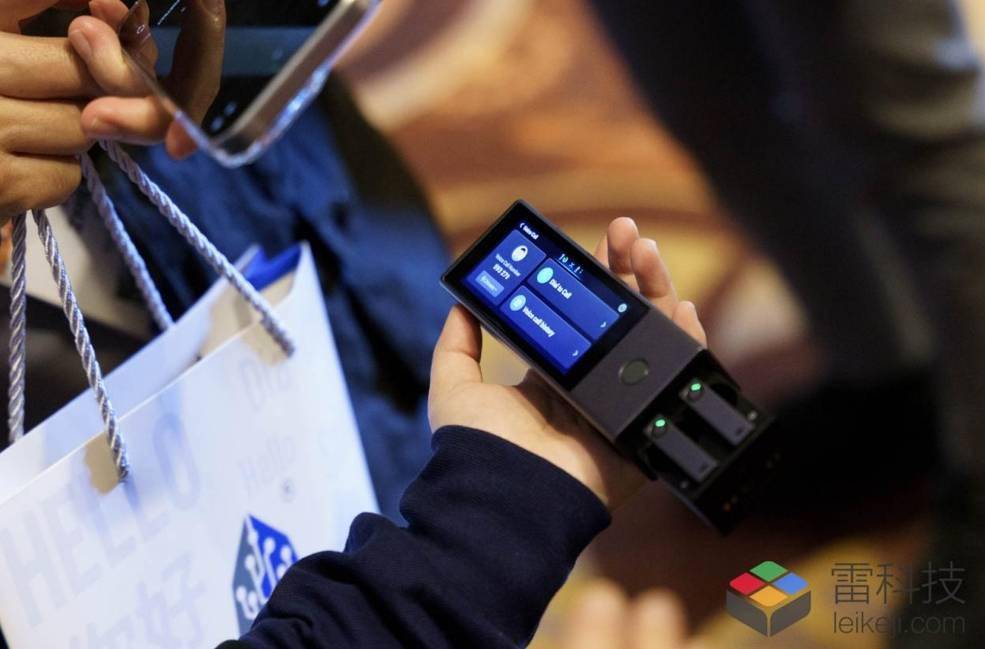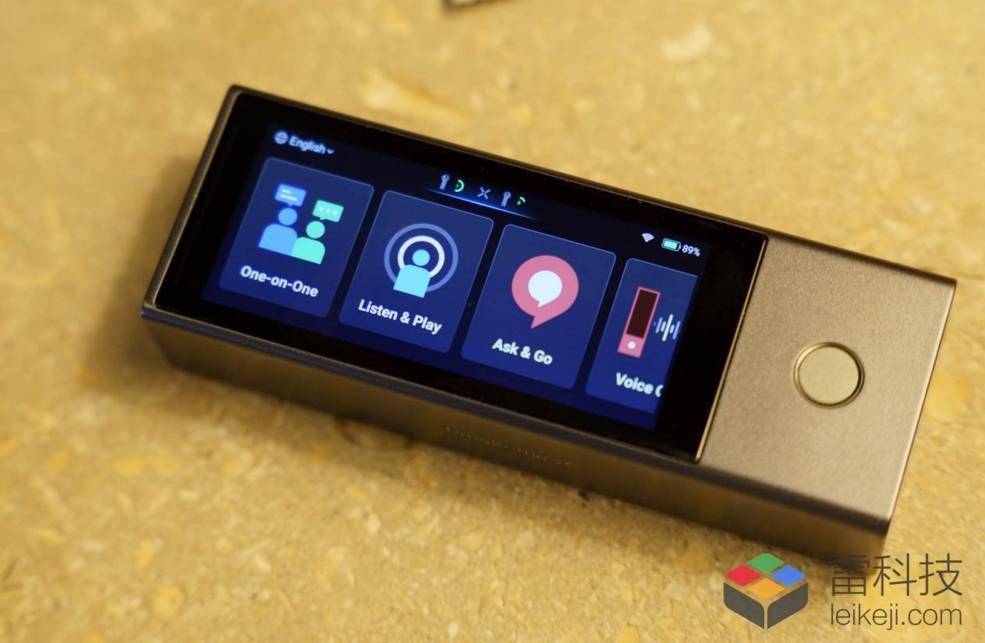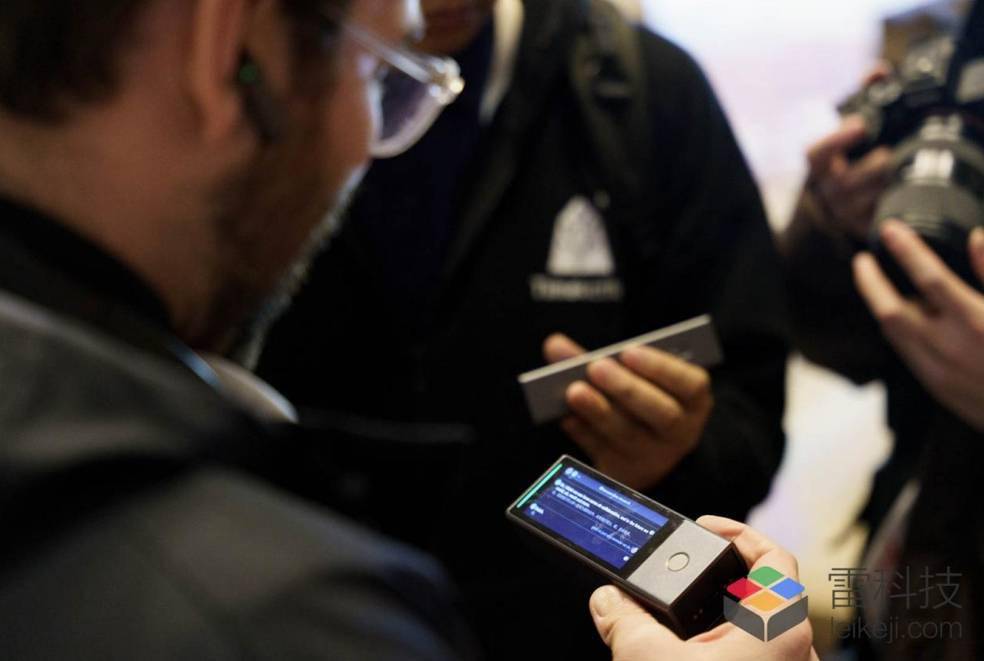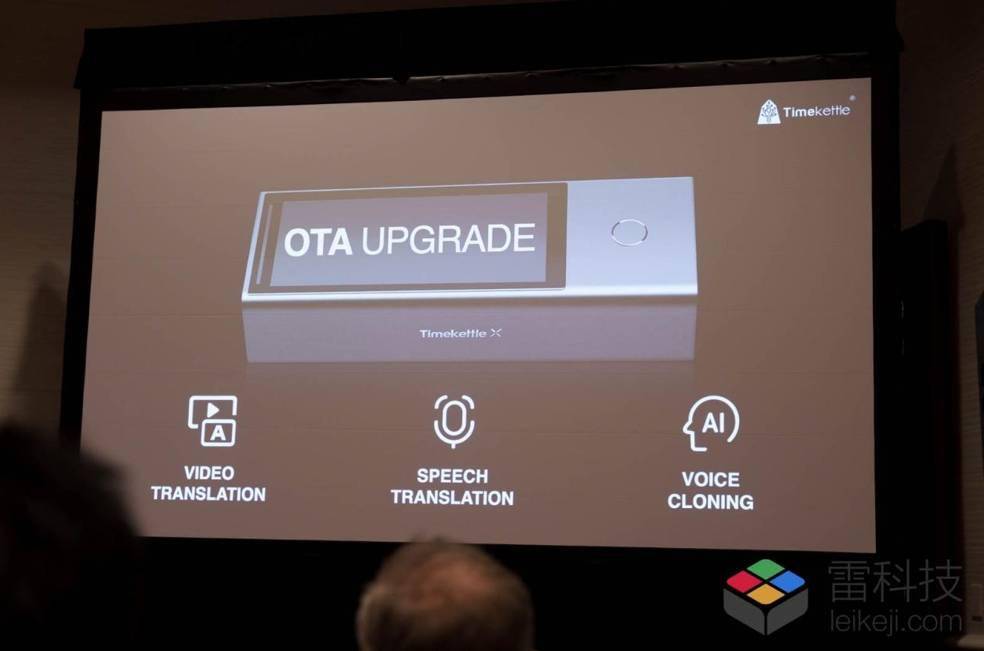
In 1954, the R&D team of Georgetown University in the United States completed the development of the world's first machine translation system with the support of IBM. Using an IBM 701 computer, the system achieved the first Russian-English bilingual translation provided by a machine in human history. This breakthrough not only marks the birth of machine translation, but also promotes the intelligent revolution of the simultaneous interpretation industry.
With the development of the times, simultaneous interpretation has gradually penetrated into all walks of life. Breakthroughs in deep learning technology for artificial intelligence, especially in areas such as speech recognition and natural language processing, have made AI translation hardware begin to attract the attention of the general public. This trend has contributed to the realization of "popularization of simultaneous interpretation".
Then the question is: What kind of product can be called an excellent translation machine? What is the ideal state of the simultaneous interpretation industry? Can this ultimate vision really be realized with the help of machines?
At the 2024 CES exhibition, the intelligent translation hardware brand Space-Time Pot from Shenzhen brought an epoch-making new product. This product demonstrates the perfect combination of artificial intelligence and translation technology. By analyzing the advantages of this product and the development of the Time Pot brand, we may be able to find the answers to the above questions.
Translation hardware is difficult to solve, AI technology can help
Turn the time back 10 years ago, most translation machines on the market were built to imitate Google, Microsoft, etc. Regarding the system translation technology of major Silicon Valley manufacturers, a considerable number of products are limited by computing resources and equipment size, and cannot be equipped with GPU neural machine translation systems. In the following years, the industry structure gradually stabilized, but the technological revolution was far from achieving a complete victory. The key technology that truly promotes the maturity of intelligent translation hardware is AI.
Marry Snell-Hornby, a well-known German translation scholar, pointed out that in order for simultaneous interpretation to achieve the combination of translation technology and translation theory, it needs to be based on "understanding and learning". AI with deep learning capabilities can make up for the shortcomings of the first-generation translation hardware in interaction, language processing and understanding capabilities, thereby improving the efficiency and accuracy of translation. This combination can play an important role in simultaneous interpretation.
With the help of AI as a popular trend, many cutting-edge brands have emerged in China in recent years that are expected to overtake in corners. Timekettle, founded in 2016, is an outstanding representative among them. The most prominent advantage of the Space-Time Kettle lies in its forward-looking attitude: When AI was not yet popular and far less popular than it is now, we were determined to create an intelligence that could truly enable humans to overcome language barriers through the combination of AI and hardware technology. Translation hardware.
Looking back at the W3 flagship translation headset, M3 travel translation headset and other products released by Time and Space Pot, they have all explored the combination of AI and translation to varying degrees. At CES 2024, Time Pot announced the launch of a new generation of artificial intelligence translation flagship product, X1 Interpreter Hub (referred to as X1), which takes AI technology to its extreme.

(Picture from Lei Technology)
Tian Li, the founder of Time Pot, said in an interview with the media last year that the highest value of AI is not The technology itself lies in how to implement the technology into scenarios and products to solve the actual needs of users. As the most outstanding flagship product of the Space-time Pot at this stage, it is no exaggeration to say that when it comes to combining AI and translation, X1 has provided a model worthy of study and reference for all peers.
The epoch-making innovation of Space-time Kettle These goals: accuracy of translation, naturalness of communication and smoothness of work. The application of AI technology makes these goals no longer out of reach. Taking the Time Pot X1 as an example, we can clearly see how AI is transforming intelligent translation hardware and the traditional simultaneous interpretation industry.
First of all, look at the accuracy of the translation hardware, which is mainly reflected in two aspects: first, the number of languages that can be processed simultaneously and the number of people who can support simultaneous communication, and second, the capture and interpretation of core meanings. In both aspects, the Time Pot X1 has delivered a high score.You must know that the Space-time Pot X1 is the world's first simultaneous interpretation device that supports multi-person multi-language AI translation:
As long as you wear the device and touch it to form a multi-person translation subnet, It can connect up to 20 devices and supports real-time interpretation in up to 5 languages, enabling barrier-free communication among multiple people. Compared with traditional translators that generally only support two-person bilingual translation, it has to be said that this is a huge improvement.In online mode and offline mode, Time Pot X1 supports 40 languages and 93 accent recognitions, including Thai, Indonesian, Finnish and other small languages. In offline mode, it supports translation of 8 high-frequency languages. . Judging from the CSE on-site experience results, the accuracy of Chinese-English translation is very high, and there is no problem in meeting the communication needs in similar exhibition scenarios.
As for capturing the core essence, we need to give full play to the language processing capabilities of AI. The translation accuracy in business scenarios may not have to reach the level of "faithfulness and elegance", but it cannot be limited to the basic conversion of semantics. The device system needs to have a basic understanding of different native language countries and cultures in order to capture the core of translation. X1 is equipped with X OS operating Tonghe 12nm process CPU, which can be called the ceiling of the AI translation industry, using computing power to support language understanding and processing.

(Picture from Lei Technology)
Secondly, look at the naturalness of communication. The innovation of Space-Time Kettle X1 is mainly reflected in its ability to be used alone without connecting to other devices, as well as the way it collects, processes and displays sound sources.
Xiao Lei fully realized from personal experience that X1 is so convenient to use. There is no need to connect a mobile phone or any APP. The communication partner only needs to wear headphones for real-time interpretation. Compared with the consecutive interpretation mode of traditional translation machines, X1 extremely simplifies the process, making interpretation closer to the natural communication form, and maximizes the "audibility" of the translation tool, far better than other similar products.
Interestingly, Hu Yu, president of iFlytek Consumer BG, predicted six years ago that translators may be extended to various forms in the future, such as "one day from mobile phones to headphones", not necessarily It is a machine that you can hold in your hand and can be used in any scene. Unexpectedly, this idea was now realized by the young space-time pot.
X1 has made targeted improvements in the collection of sound sources and the display of translated subtitles based on the shortcomings of traditional products and the pain points of users.
Before X1, there were not many translators on the market that supported remote interpretation. Most mainstream products used the technology of computer collection of audio sources, then translation processing, and were mainly displayed in the form of "simultaneous subtitles". Although X1 is still inseparable from subtitles, it can collect and transcribe sound sources in real time and generate bilingual subtitles. At the same time, it can simultaneously broadcast the translated content in the headphones, just like there is a real translator standing beside us.
It is worth mentioning that AI gives the Space-Time Kettle X1 the learning ability and also allows it to have the unique function of tone cloning. The more frequently a user uses it, the closer the system's transliteration will be to the user's real voice. In short, X1 is trying to make all parties involved feel the warmth of communicating with people, rather than just being a cold machine.

(Picture from Lei Technology)
Finally, X1 improves work efficiency, in addition to the easy use mentioned above, it also It is reflected in the breakthrough of remote communication.
In terms of basic aspects, the previous generations of space-time pot products have already reached the leading level in the industry, and X1 goes further on this basis. For example, the speed of two-way simultaneous interpretation is 60% higher than that of the W series, and full-stream translation uses the power of AI to greatly improve information acquisition capabilities, achieving ultra-high efficiency of synchronously outputting original text and translation in 0.2 seconds.
However, the above-mentioned links are only modified on the basis of existing technology and are not very innovative. What truly embodies the breakthrough of X1 is the use of dedicated host numbers to support independent dialing and remote conferencing between different devices, greatly breaking through space constraints. From face-to-face communication to barrier-free online communication, communication efficiency has undoubtedly been greatly improved.

(Picture from Lei Technology)
When it comes to improving efficiency, AI can help much more than that. Functions including automatic language recognition, automatic triggering of translation when speaking, and simultaneous display of AI transliteration and subtitles can all play an important role in daily work. Many times, the carelessness of a product is reflected in these details.
Now there is no doubt that the Time Pot X1 has delivered an excellent answer with its own performance.
AIWith the support of AI, can the simultaneous interpretation industry break through the constraints of the Tower of Babel?
Of course, X1, which has many advantages, also has its own "flaw": it is expensive. According to official information, the Space-time Pot X1 is initially priced at 4,999 yuan and is planned to be officially launched on the Space-Time Pot official website and official flagship stores of major e-commerce platforms in February this year.
In contrast, most of the smart translators with the best sales on major e-commerce platforms are priced under a thousand yuan. You can also find a large number of products priced between 100 and 300 yuan on 1688, and the repurchase rates are mostly stable at Between 30% and 40%, it can be seen that these cost-effective products are very popular among users. High-end products from major manufacturers such as Baidu, iFlytek, and Xiaomi are mostly priced in the 2,000-3,000 yuan range, which is a level lower than the Time Pot X1.
The Time Pot also admitted that X1 is the most expensive among the AI intelligent translation hardware on the market, and there is currently no comparable product. However, the team also considered all aspects before setting the price.
First, we promise to provide services such as dedicated servers, lifetime OTA upgrades, and 7*24-hour online translation to increase the added value of the product. The second is to firmly believe in a concept: The value of technology should be fully respected. The Space-time Pot X1 is equipped with the most advanced AI translation technology, which is an original product form in the industry and around the world.
From this perspective, the Time Pot may not expect X1 to become a best-selling product with monthly sales of hundreds of thousands of units, but hopes to explore the possibilities of the industry with the help of this product with innovative vision and creative thinking——That is, with the support of AI, what heights can the simultaneous interpretation industry reach in the future?
Objectively speaking, Time Pot’s experience in the intelligent translation hardware industry is not very advanced, let alone compared with top manufacturers like iFlytek, which has been established for more than 20 years. However, in its limited development history, Time Pot has been deeply involved in AI technology and exploring the integration of AI and the traditional simultaneous interpretation industry. This persistence and strategic vision are definitely worthy of recognition.
Take the breakthrough of supporting up to 20 people and real-time interpretation in 5 languages as an example. The space-time pot fully combines CPU computing power and UniSmart AI translation cloud and many other technologies to achieve this. Every step taken has cost and effort behind it that cannot be noticed by the outside world.

(Picture from Lei Technology)
When talking about the plight of the translation industry and the cross-language communication barriers that have existed since ancient times, many scholars like to quote The image of the Tower of Babel.
According to legend, humans united to build a tower that could lead to heaven, but it aroused God's vigilance. God discovered that "if this continues, mankind will probably become omnipotent." As a result, God created many languages, allowing people of different races to speak different languages, making it impossible for people to communicate and cooperate. The Tower of Babel leading to heaven has no chance of appearing, and the human world is falling apart because of language barriers.
Now, starting with the completion of the first machine translation in history by IBM 701, mankind has been trying to break through the shackles of the Tower of Babel with the help of technology for 70 years and let people speak different languages. achieve barrier-free communication among people. The advancement and popularization of AI technology has brought mankind one step closer to this desire.
When will your wish come true? Sorry, no one can give an accurate answer.
But it is certain that we need more companies like Time Pot that respect technology and devote themselves to polishing their products. We need more people to stand up and lead mankind to break through the constraints and cross the language communication gap. As long as you find the right direction and persist, you will always wait until the day of harvest.
The above is the detailed content of AI simultaneous interpretation helps break the language barrier. For more information, please follow other related articles on the PHP Chinese website!




